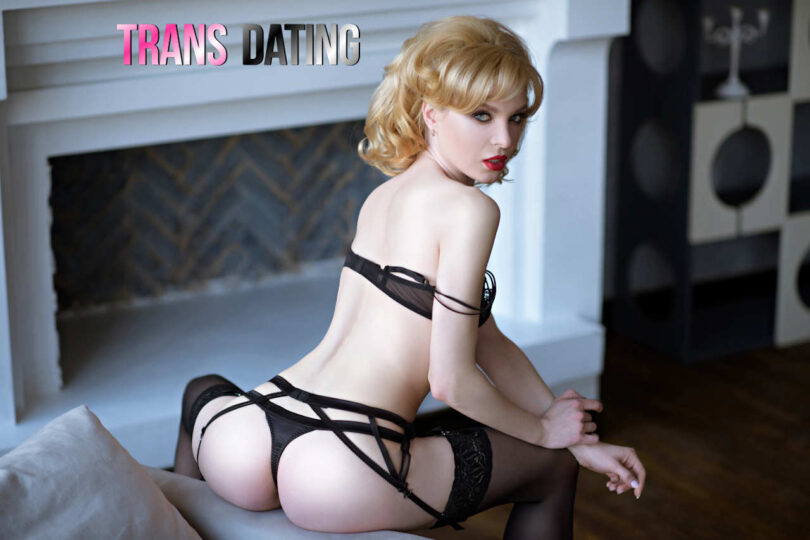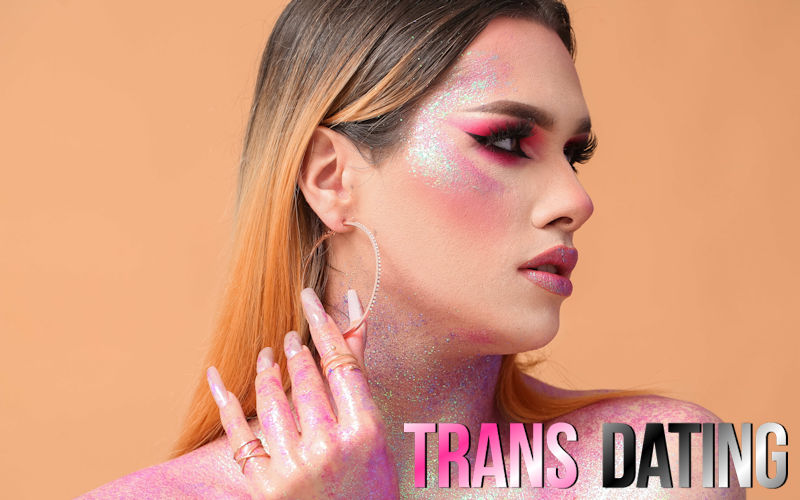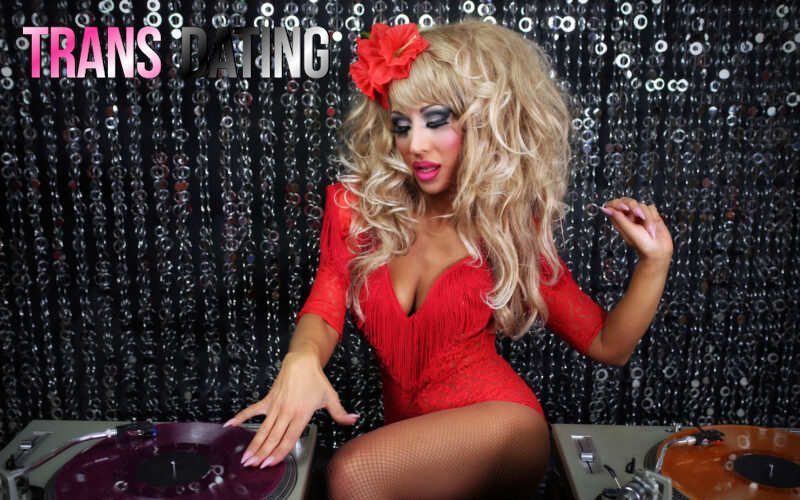In the complex world of human relationships and sexuality, questions about identity and orientation often arise, especially in the context of dating transgender individuals. A common question for some people who find themselves attracted to or dating a transgender woman is, “Does this make me gay?” This question can stem from various sources, including societal norms, personal insecurities, and a lack of understanding about gender and sexual orientation. This article aims to explore this question in depth, providing clarity and insight into the nature of attraction, the distinction between gender identity and sexual orientation, and the importance of self-acceptance and respect in relationships.

Understanding Gender Identity and Sexual Orientation
To navigate the question at hand, it’s crucial to first differentiate between gender identity and sexual orientation, as they are independent aspects of every individual’s identity.
Gender Identity
Gender identity is an internal sense of being male, female, both, neither, or anywhere along the gender spectrum. It’s how individuals perceive themselves and what they call themselves, which can correspond to or differ from the sex they were assigned at birth.
Sexual Orientation
Sexual orientation, on the other hand, refers to a person’s emotional, romantic, and sexual attraction to other people. Common categories of sexual orientation include heterosexual (attraction to a different gender), homosexual (attraction to the same gender), bisexual (attraction to both the same and different genders), and asexual (little to no sexual attraction to anyone).
Understanding these definitions clarifies that being attracted to or dating a transgender woman doesn’t inherently define one’s sexual orientation. Attraction to a transgender woman, who identifies and lives as a female, is typically considered a heterosexual orientation for men, based on the gender identity of the person they are attracted to.

Societal Norms and Misconceptions
Society’s traditional and often rigid views on gender and sexuality can contribute to confusion and anxiety regarding one’s attractions and relationships. Common misconceptions include equating gender identity with biological sex and assuming a direct correlation between sexual orientation and the gender identity of one’s partner. These misconceptions can lead to undue stress and questioning of one’s sexual orientation when dating a transgender person.
Challenging Stereotypes
It’s essential to challenge and move beyond stereotypes and binary views of gender and sexuality. Human attraction is diverse and multifaceted, and acknowledging this diversity allows for a more inclusive and understanding perspective on relationships.
The Role of Transphobia
Transphobia, or the irrational fear and hatred of transgender people, can also play a role in the stigmatization of those who date transgender individuals. This stigma can contribute to the questioning of one’s sexual orientation, underscoring the importance of combating transphobia and advocating for acceptance and equality.

The Spectrum of Attraction
Attraction is not limited to physical aspects but also includes emotional, intellectual, and spiritual connections. When someone is attracted to a transgender woman, their feelings are based on a comprehensive view of who she is as a person, encompassing her femininity, personality, and all attributes that make her unique.
Beyond Binary Constraints
Moving beyond binary constraints involves recognizing and embracing the spectrum of human attraction. This perspective acknowledges that attraction can be fluid and not necessarily confined to traditional categories.
Personal Identity and Orientation
Each person’s identity and orientation are unique to them. Defining one’s sexual orientation is a personal journey and can be more complex than simply labeling oneself as gay, straight, or bisexual. It’s about understanding who you are attracted to and why, without necessarily fitting into predefined categories.

Embracing Self-Acceptance and Respect
Navigating one’s feelings and understanding sexual orientation requires self-acceptance and respect for oneself and others. Recognizing and accepting your attractions, without shame or fear, is a crucial step toward personal well-being and fulfilling relationships.
Self-Exploration and Acceptance
Engaging in self-exploration and embracing one’s feelings and attractions without judgment can lead to greater self-acceptance. This process may involve introspection, education, and sometimes seeking support from friends, family, or professionals.
Respect for Partners
Respect for transgender individuals as autonomous, whole people is fundamental. This respect includes honoring their identity, listening to their experiences, and supporting their journey, free from objectification or fetishization.
The question, “Am I gay if I date a transgender woman?” reflects broader societal confusions and stereotypes about gender identity and sexual orientation. Understanding the distinction between these aspects of identity, challenging societal norms, and embracing the spectrum of human attraction can provide clarity and peace of mind.

Attraction to a transgender woman is a facet of one’s personal orientation and identity journey, not a definitive label. It’s about the connection and affection you share with another person, transcending simplistic categories. In the end, relationships are about mutual respect, love, and compatibility, irrespective of gender identity.
Navigating one’s sexual orientation and understanding attraction to transgender individuals requires open-mindedness, self



